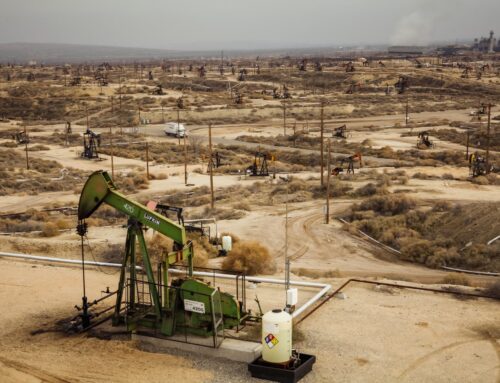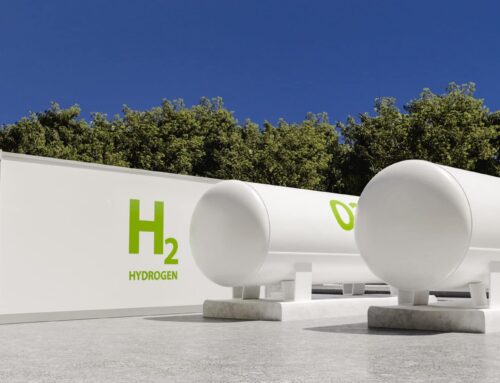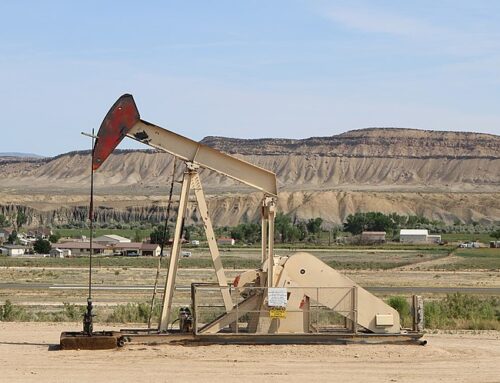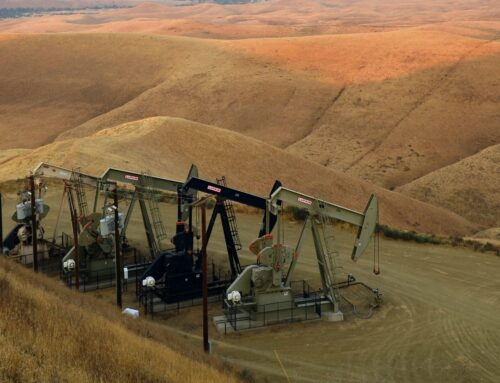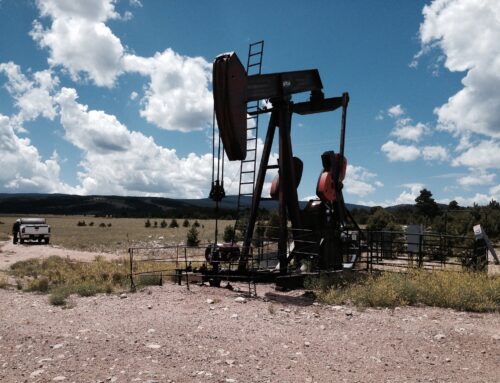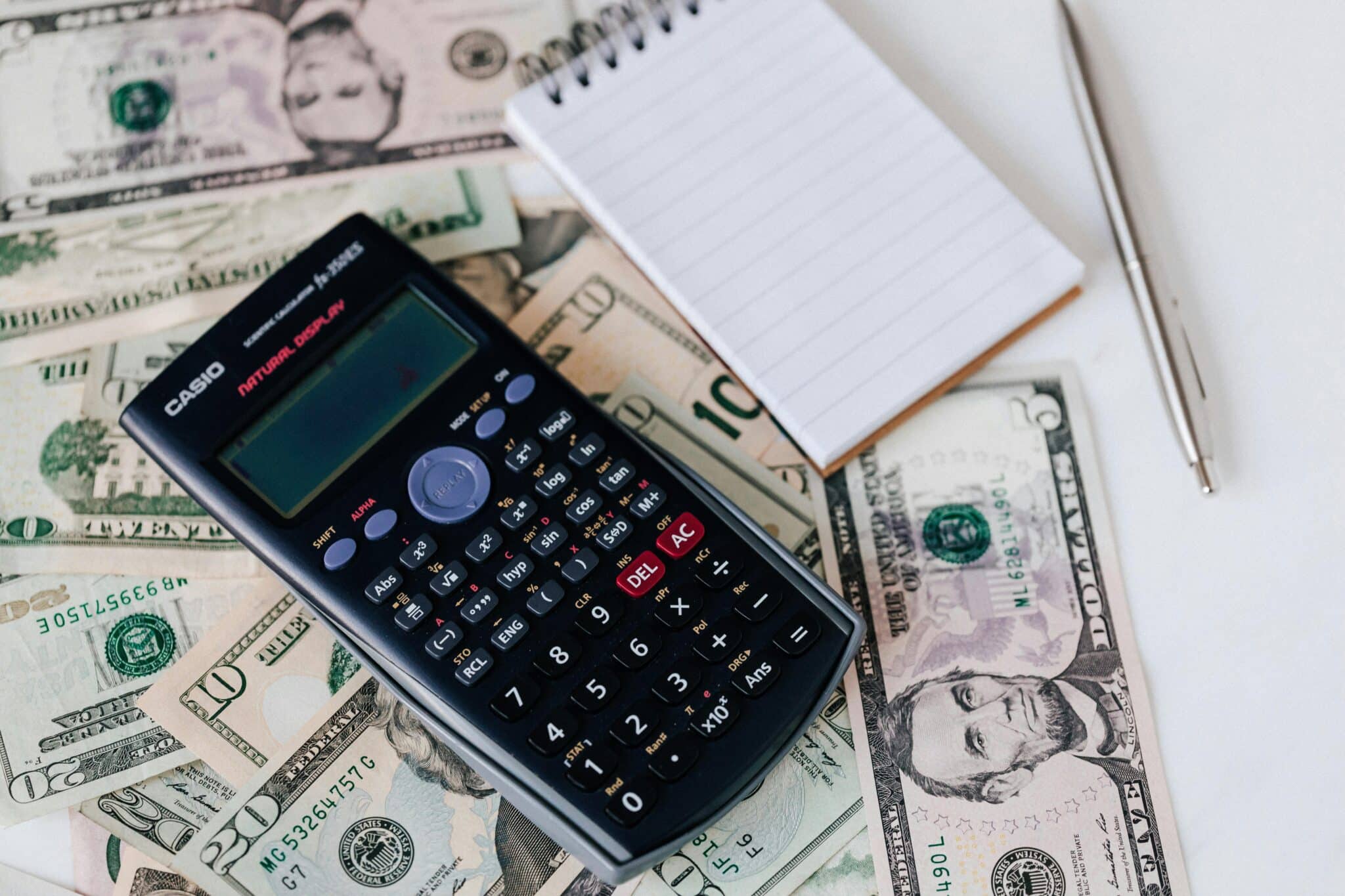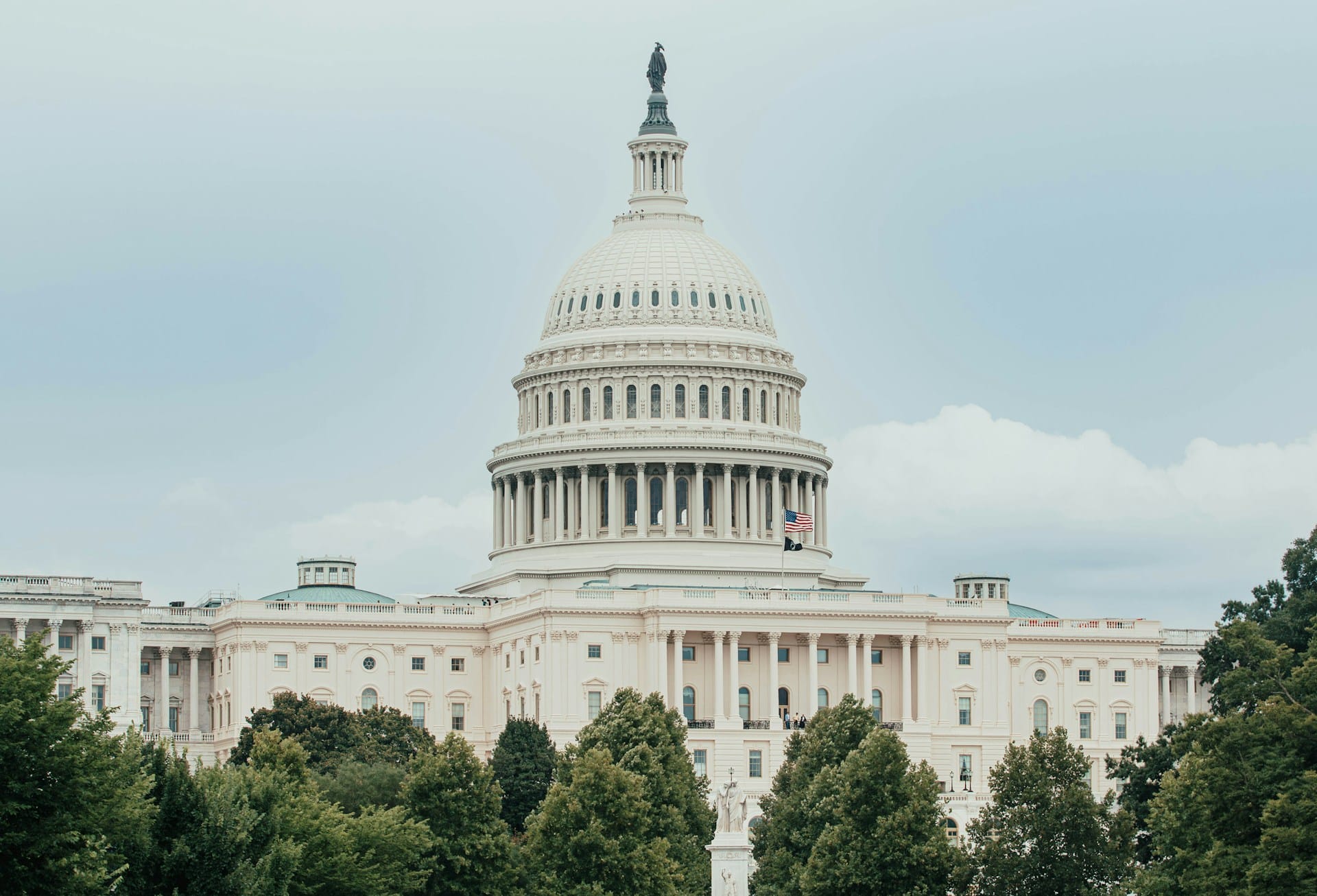View/Download this article in PDF format.
Created as part of the Energy Policy Act of 2005, the Department of Energy’s (DOE) Title XVII Loan Guarantee Program has $34 billion in authority to provide loan guarantees to various technologies, including nuclear, coal, energy efficiency, or renewables (wind, solar, geothermal, or biofuels). Aside from the $34 billion in loan guarantee authority, a Stimulus add-on known as the 1705 program also had about $2.4 billion in American Reinvestment and Recovery Act funds to pay for credit subsidies for renewable and energy efficiency projects, but those funds expired on September 30, 2011. Before this program fund expired, 28 loan applications were finalized worth approximately $15 billion. Today, another $15.1 billion worth of conditionally committed loans are likely to go out the door soon. Taxpayers for Common Sense has long been a critic of the loan guarantee program since it puts taxpayer dollars toward potentially risky projects.
Here, we focus on a specific set of loan guarantee applicants – biofuels and biomass projects within the program’s renewables category. Most renewable projects were considered under section 1705 which was primarily for projects like wind, solar, and biofuels although additional funding remains available for renewable and energy efficiency projects through the 1703 program. The 1705 section of Title XVII is the only section that has any finalized loan guarantees although the 1703 program has several conditionally committed loans. Only two companies, Abengoa Bioenergy U.S. Holding and POET, LLC, have received the final go-ahead for a taxpayer-backed loan on a biofuels or biomass energy project although POET later withdrew from the program.
Other biofuels/biomass companies are awaiting final approval of their loan guarantee applications. A recent Government Accountability Office (GAO) report revealed two applications for undisclosed biomass projects are being actively reviewed under the 1703 program. Since so-called “advanced biofuels” have failed to live up to their proponents’ expectations and are not yet produced at a commercial scale, taxpayers could stand to lose even more if additional DOE loan guarantees are granted to risky projects.
DOE Loan Guarantee Program Taxpayer Concerns
To qualify for a taxpayer-backed loan, projects must “avoid, reduce or sequester air pollutants or greenhouse gases (GHGs), employ new or significantly improved technologies, and provide a reasonable prospect of repayment.” But projects applying have had little success in demonstrating their ability to meet these bare minimum requirements provided in the original Title 17 statute. And there is little within the program structure to hold DOE accountability for meeting these criteria. Instead of clarifying and strengthening the original law, DOE regulations for the program further eroded taxpayer protections.
Under the current structure of the program, there are several significant taxpayer concerns, including the massive scope of projects that can apply to the program, underestimated costs, the weakening of taxpayer rights in the event of default, and the unclear administration of loans, among others. The structure of the program forces taxpayers to provide backing for up to 80 percent of the cost of projects, making the federal government the only real entity taking risk for many of these projects even though other projects have withdrew loan applications and progressed with private financial backing. Further, the final rule promulgated by DOE opened the program to subordinating taxpayers in the event of a default. This means, as occurred with Solyndra, that federal taxpayers are not necessarily first in line to get their money back from whatever funds can be salvaged during bankruptcy proceedings. These problems are on top of a program that has startlingly little transparency and has been poorly managed.
Specifically related to biofuels, loan applicants are not required to meet minimum criteria set forward in the federal Renewable Fuel Standard (RFS), for instance, reducing GHGs by at least 20 percent, only using wood thinnings from non-federal forestlands, or utilizing crops or crop residue harvested from previously farmed land. For biomass energy projects, few eligibility requirements are necessary for taxpayer support besides a few minimum emissions level targets for sulfur dioxide, particulate emissions, and nitrogen oxide. Again, there are no limitations on where or how biomass sources (like wood, agricultural residues, grasses, etc.) are harvested. Hence, several unintended consequences can occur such as more water and air pollution, conversion of wildlife habitat and sensitive land to cropland, and higher food prices if appropriate mitigation measures are not taken. Due to the program’s poor structure and lack of adequate safeguards, taxpayers are forced to back risky projects and potentially fund long-term liabilities.
Details about Biofuels Loan Guarantees and Applicants
In all, nearly ten known biofuels/biomass companies have applied for millions in DOE loan guarantees through the agency’s Biomass Program. Only one, Abengoa, plans to accept $132.4 million in taxpayer backing for its cellulosic ethanol facility in Kansas. Founded in 1984 and headquartered in Seville, Spain, Abengoa has received two other DOE loan guarantees totaling $1.65 million for its California and Arizona solar projects.
POET, LLC, the largest corn ethanol producer in the U.S., also received a $105 million loan guarantee from DOE to help finance its cellulosic biofuels facility in Iowa but later backed out after agreeing to instead partner with Royal DSM, a life and material sciences company. This brings into question why federal backing is needed when private investors are willing to move forward with promising projects and/or technologies. Two other companies withdrew their applications but limited information is available so they are not included in this summary.
Bluefire Renewables, formerly known as Bluefire Ethanol Inc., is still awaiting a final decision from DOE on taxpayer backing of its Fulton, Mississippi, cellulosic ethanol facility. DOE rejected its initial request for a $40 million loan guarantee at its proposed Lancaster, California, facility, but is now considering a $250 million loan at its new location. As noted above, other facilities may be under consideration by DOE for loan guarantees, but details are not publicly available. More information about these and other candidates is listed in Table 1 below.
|
Table 1: Status of Department of Energy Biofuels Loan Guarantee Applicants |
||||||
|---|---|---|---|---|---|---|
| Applicant Name | Location | Technology | Loan Guarantee Amount |
Date of Conditional Commitment | Date Finalized | Status |
| Abengoa Bioenergy Biomass | Hugoton, KS | Cellulosic ethanol from agricultural & wood residues, energy crops | $132.4 million | 19-Aug-11 | 29-Sept-11 | $132.4 million loan guarantee finalized through 1705 program; facility plans to begin operations in June 2013 |
| POET, LLC | Emmetsburg, IA | Cellulosic ethanol from agricultural residues (corn leaves, cobs, and stalks) | $105 million | 7-July-11 | 23-Sept-11 | Awarded $105 million loan guarantee through 1705 program but POET voluntarily withdrew in Jan. 2012 due to availability of private financing |
| Diamond Green Diesel, LLC | Norco, LA | “Green diesel” made from animal fats, used cooking oil, others | $241 million | 20-Jan-11 | N/A | Project partners provided private financing, but it is unclear whether Diamond Green Diesel’s application is still active |
| Bluefire Renewables (formerly Bluefire Ethanol, Inc) | Fulton, MS | Cellulosic ethanol from municipal solid waste, wood & agricultural residues | $250 million | N/A | N/A | DOE indicated that loan guarantee will not move forward until the “project has raised the remaining equity necessary for the completion of funding.” |
| Fulcrum Sierra BioFuels, LLC | MaCarran, NV | Ethanol from municipal solid waste | $85 million | N/A | N/A | Currently in the application stage |
| Highlands Ethanol, LLC | Highlands County, FL | Cellulosic ethanol | Unknown | N/A | N/A | Environmental Assessment on hold |
| Kior, Inc. | Facilities in GA, MS, and TX | Renewable crude oil from algae and wood chips | $1 billion | N/A | N/A | Environmental Assessment on hold |
| Montana Advanced Biofuels | Great Falls, MT | Ethanol from barley and wheat | $400 million | N/A | N/A | Environmental Assessment on hold |
| Taylor Biomass, LLC | Montgomery, NY | Biomass gasification facility powered by wood, construction debris, and municipal solid waste | $100 million | N/A | N/A | Environmental Assessment on hold |
Other Federal Taxpayer Supports for Biofuels
Several other taxpayer supports for biofuels exist, including the U.S. Department of Agriculture’s Biorefinery Assistance Program which also provides government-backed loan guarantees. This program is funded through the federal farm bill’s energy title in addition to others like the Bioenergy Program for Advanced Biofuels, Biomass Crop Assistance Program, and Rural Energy for America Program, which fund various corn ethanol and advanced biofuels projects. Another program in USDA’s Rural Utilities Service recently provided three biomass plants with $264 million in taxpayer-backed loan guarantees; each of the facilities located in Hawaii, Colorado, and Texas will convert woody biomass into power.
Various subsidies are also scattered throughout the federal tax code, including the Cellulosic Biofuel Producer Tax Credit which pays $1.01 for each gallon of cellulosic ethanol produced and the Alternative Fuel Mixture Excise Tax Credit which pays $0.50 for each gallon of biomass-derived fuel blended with gasoline or diesel. Finally, other smaller programs at DOE fund cellulosic ethanol facilities, including the Small-Scale Cellulosic Biorefineries Program which had $114 million in total loan guarantee authority in 2008 but only finalized a few loan guarantees since then.
Cautionary Tale: Range Fuels
While Range Fuels, a biofuels company aiming to become the first to produce wood-based cellulosic ethanol at commercial scale in Soperton, Georgia, did not receive a DOE loan guarantee, the company did receive significant taxpayer backing before it went out of business in Dec. 2011. , Range Fuels received a $46 million DOE grant and a $40 million USDA loan guarantee before reportedly costing taxpayers a total of $86 million from various USDA and DOE programs. Examples such as Solyndra and Range Fuels should provide a cautionary tale for taxpayer backing of new loan guarantees for biofuels and biomass projects.
Conclusion
The DOE Loan Guarantee Program poses serious risks for taxpayers including underestimated program costs, unreasonable default risks, and a questionable need for government backing given opportunities for private financing. With currently more than $34 billion in loan guarantee authority available, taxpayers have a considerable stake in the successes or defaults of the projects involved. Combined with the fact that cellulosic ethanol has failed to meet production mandates, the entire program should be scrapped so taxpayers are not put on the hook for risky projects or those that could be financed by private investors.
For more information, please visit our website at www.taxpayer.netor contact Autumn Hanna at 202-546-8500 x112 or autumn@taxpayer.net.


